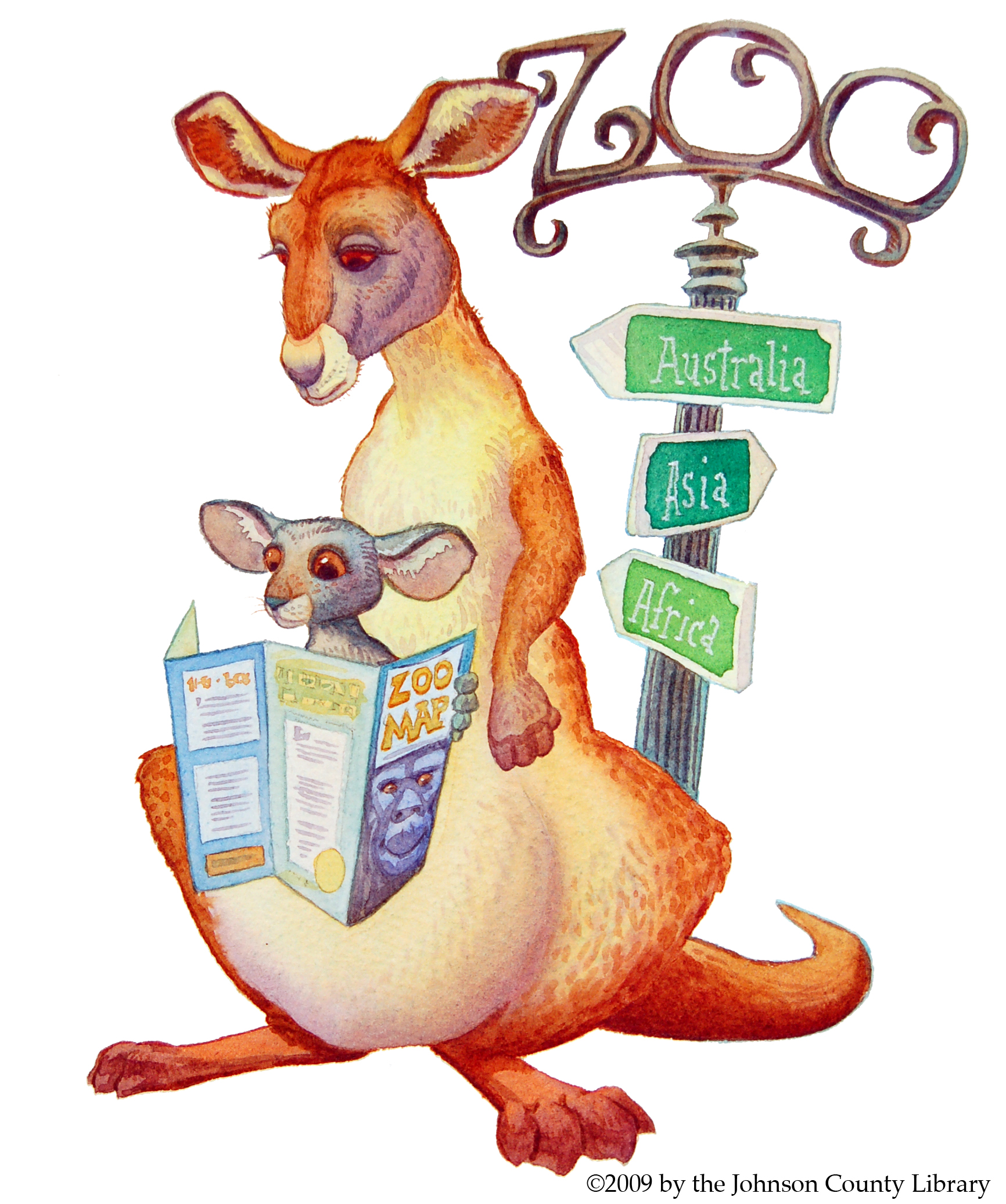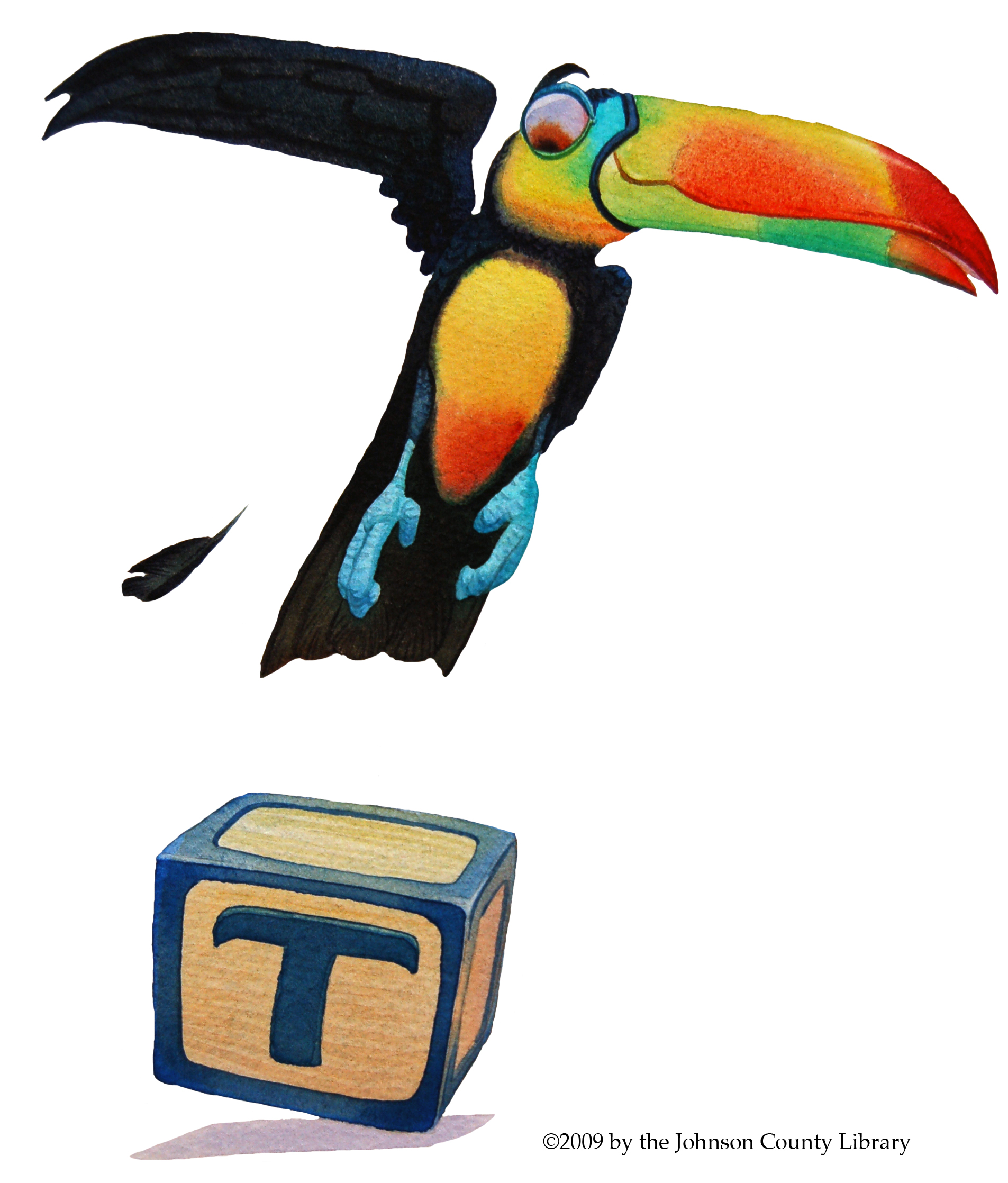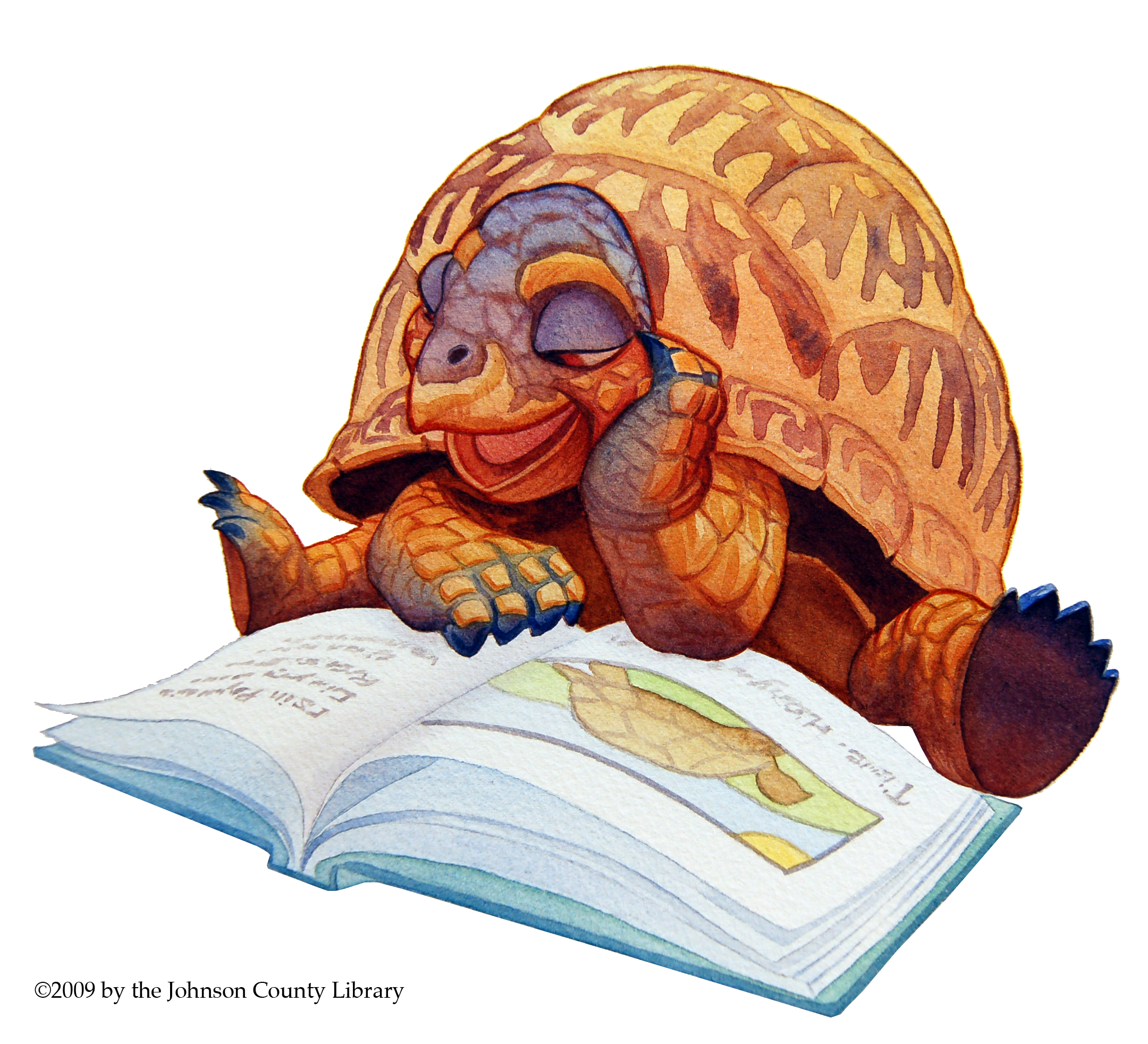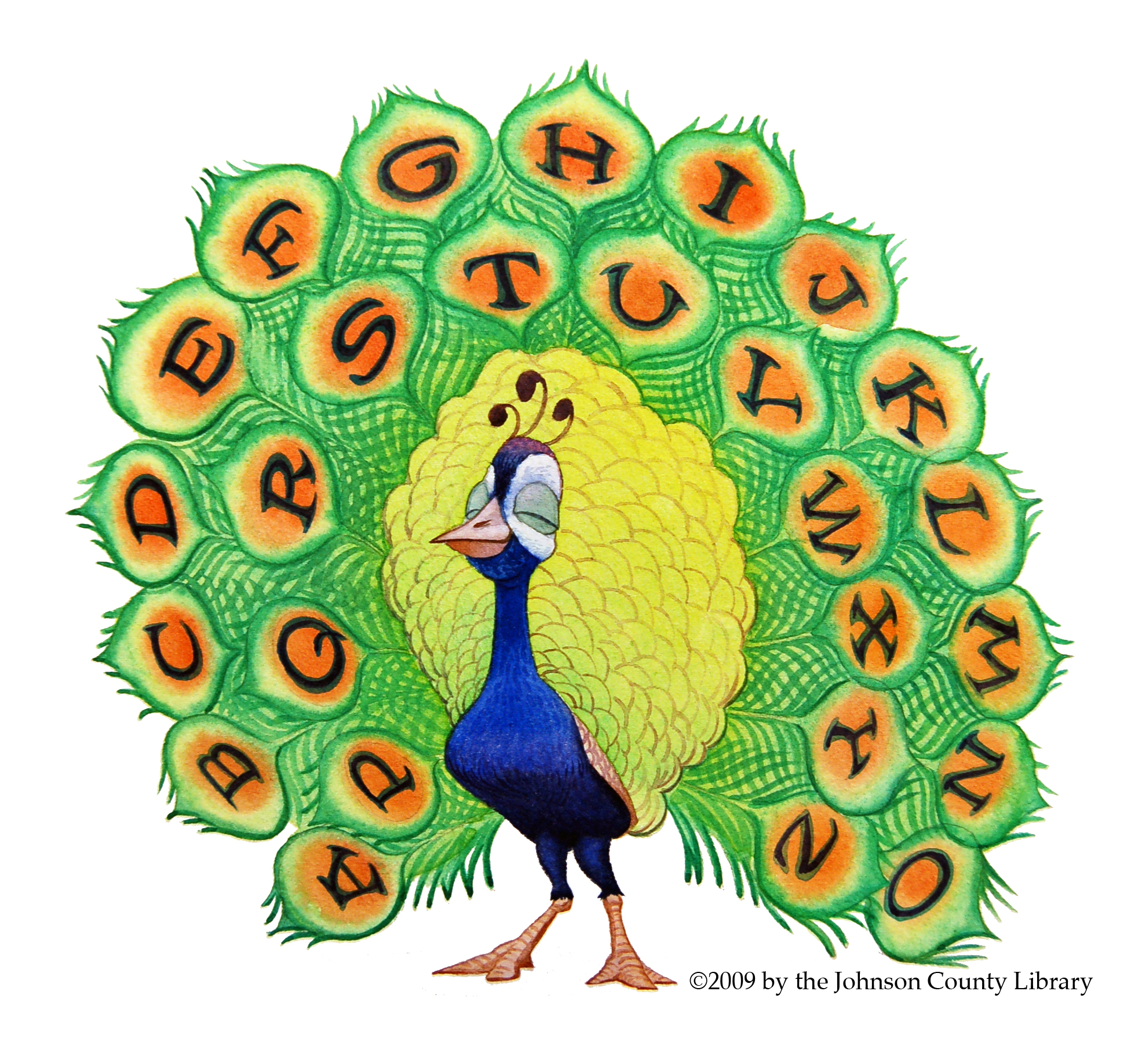6 by 6 Ready to Read —
Six Skills by Six Years
Parents, here are six skills you can help your child develop by the time they reach the age of 6 that will help them be more prepared to read.


6 by 6 Ready to Read —
Six Skills by Six Years
Parents, here are six skills you can help your child develop by the time they reach the age of 6 that will help them be more prepared to read.
Have fun with books
 The first step in learning to read is wanting to learn. Choose books that you and your children will enjoy. Use expression when you read. When your children see you reading for pleasure, they will want to be readers too. Children who enjoy books and are interested in them will naturally want to learn to read. So, find the right time when you and your children are in the mood, and enjoy reading — together.
The first step in learning to read is wanting to learn. Choose books that you and your children will enjoy. Use expression when you read. When your children see you reading for pleasure, they will want to be readers too. Children who enjoy books and are interested in them will naturally want to learn to read. So, find the right time when you and your children are in the mood, and enjoy reading — together.
Children who like to read are more likely to become good readers, So:
Notice print all around you
 Let your children handle books and help you turn pages. Babies will even put them in their mouths! Point to words on the page as you read so your children understand that we read from left to right, front to back, and top to bottom — not all cultures do. Point out signs and printed words wherever you go. Have books, newspapers and magazines throughout your home. Children need many experiences handling books in their everyday world to understand that print is used in multiple ways for a variety of purposes.
Let your children handle books and help you turn pages. Babies will even put them in their mouths! Point to words on the page as you read so your children understand that we read from left to right, front to back, and top to bottom — not all cultures do. Point out signs and printed words wherever you go. Have books, newspapers and magazines throughout your home. Children need many experiences handling books in their everyday world to understand that print is used in multiple ways for a variety of purposes.
Try some of these activities with your child:
Talk, talk, talk
 Point to objects and name them. Name feelings, too. When you come to a new word in a book, talk about its meaning. Children hear and learn more new words when you read books, and a larger vocabulary is linked to greater reading success. Use lots of language with young children, even when they don’t understand. The more words children hear, the larger their vocabulary becomes. Children hear more new words when you read books — about three times more than in normal conversation.
Point to objects and name them. Name feelings, too. When you come to a new word in a book, talk about its meaning. Children hear and learn more new words when you read books, and a larger vocabulary is linked to greater reading success. Use lots of language with young children, even when they don’t understand. The more words children hear, the larger their vocabulary becomes. Children hear more new words when you read books — about three times more than in normal conversation.
Try these activities with your child:
Tell stories about everything
 Talk about your day to show that all stories have a beginning, a middle and an end. Let children help tell the story or act it out. Choose books without words and encourage your children to tell the story from the pictures. Ask questions when you read, such as, “What do you think will happen next?” Understanding the sequence of events in a story will help children’s comprehension.
Talk about your day to show that all stories have a beginning, a middle and an end. Let children help tell the story or act it out. Choose books without words and encourage your children to tell the story from the pictures. Ask questions when you read, such as, “What do you think will happen next?” Understanding the sequence of events in a story will help children’s comprehension.
Try these activities with your child:
Look for letters everywhere
 Children need to know shapes before they can learn letters. Hang shape mobiles above your baby’s crib, read books about shapes and play with shape puzzles and sorting games. Talk about letters and letter sounds in objects and words that your children know. Learning letters is more than just singing the alphabet song. Children need to recognize that letters are different from each other, that even the same letter can look different (upper and lowercase), that letters are made up of shapes, that each letter has a name and that it represents specific sounds.
Children need to know shapes before they can learn letters. Hang shape mobiles above your baby’s crib, read books about shapes and play with shape puzzles and sorting games. Talk about letters and letter sounds in objects and words that your children know. Learning letters is more than just singing the alphabet song. Children need to recognize that letters are different from each other, that even the same letter can look different (upper and lowercase), that letters are made up of shapes, that each letter has a name and that it represents specific sounds.
Try these activities with your child:
Take time to rhyme
 Read Mother Goose rhymes and sing with your children. Play with words and help your children sound them out. Rhymes and music help children learn to hear the smaller sounds of language. Recognizing when words rhyme and hearing the beginning sounds of words are important early literacy skills. Taking words apart and putting them back together again —and that’s exactly what we do when we sing! — also helps develop early literacy skills.
Read Mother Goose rhymes and sing with your children. Play with words and help your children sound them out. Rhymes and music help children learn to hear the smaller sounds of language. Recognizing when words rhyme and hearing the beginning sounds of words are important early literacy skills. Taking words apart and putting them back together again —and that’s exactly what we do when we sing! — also helps develop early literacy skills.
Try these activities with your child: